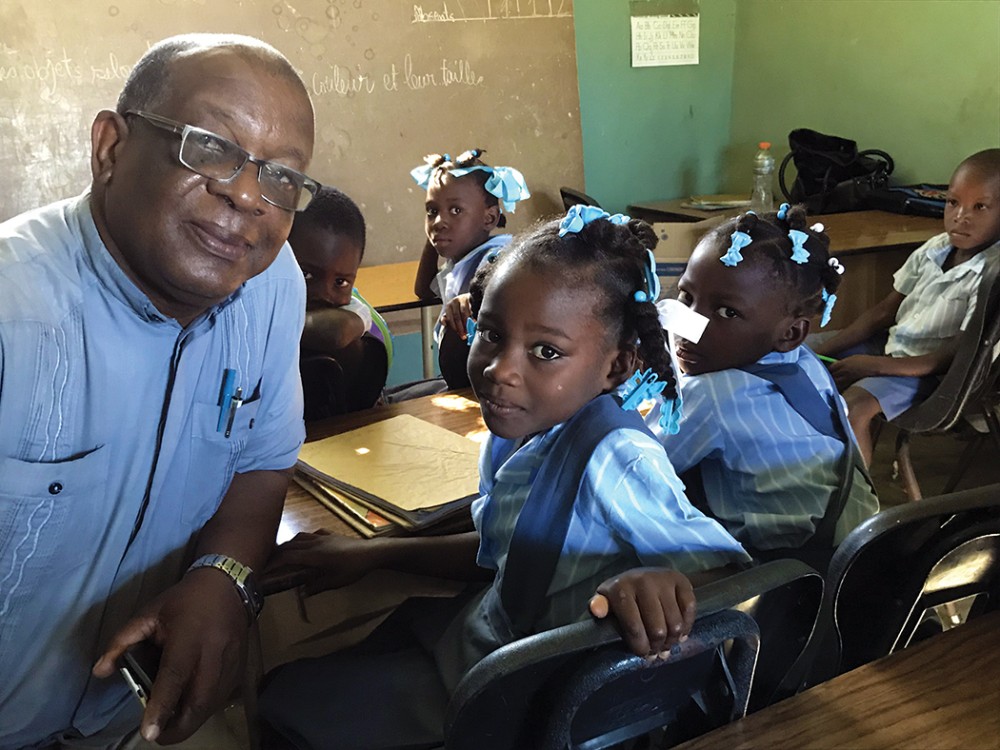Why our congregation gives directly to a church school in Haiti
As Père Diegue surveyed the unfinished classroom, he remarked: “I’m beginning to understand why I am here.”

In August 2015 I stood outside l’Eglise St. Matthieu, a small church in northern Haiti, looking at a low rectangular arrangement of stones, concrete, and rebar that was supposed to be the foundation of a new school building. Beside me were a fellow member of Grace Episcopal Church in Amherst, Massachusetts, and Père Joseph Tancrel Diegue, a 61-year-old Haitian priest. We were all frowning.
Three years earlier, Grace Church had raised money to pay for the construction of classrooms for St. Matthieu’s School. With a new classroom building, the school’s five teachers would no longer have to try to teach five different grades simultaneously in the church’s sanctuary, a room smaller than a basketball court. Children at the school had carried stones for the construction. Workers had dug trenches for the foundation, poured the concrete, and set the stones and rebar. Now the foundation was covered with weeds, and the rebar was starting to oxidize. There were no walls and no rafters. No more money, either; it had all been spent, somewhere.
Père Diegue walked to his car and came back with a tape measure. Under the baking August sun he measured the foundation and did some math. “These dimensions are not right,” he said. “The classrooms need to be larger.”





